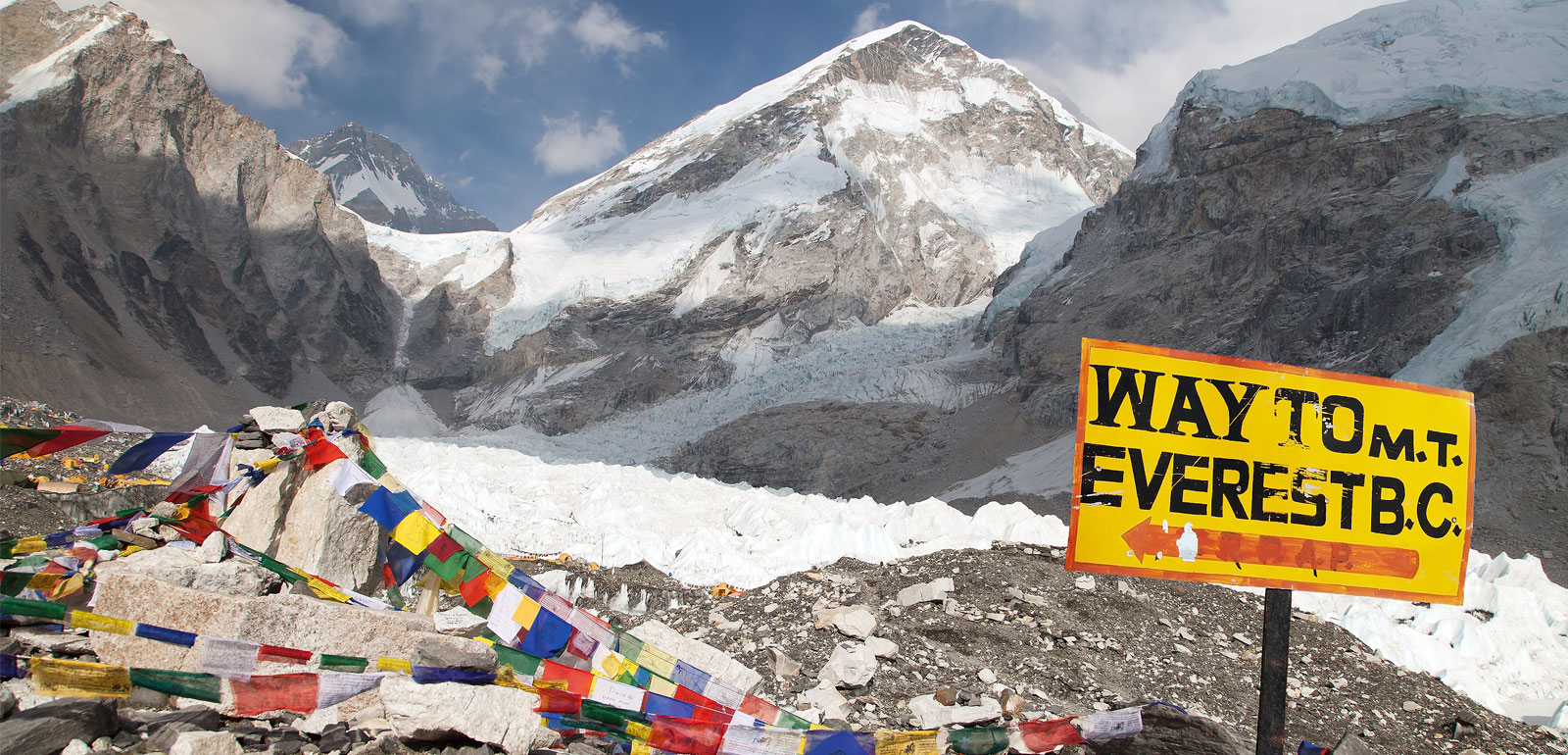
Global warming and increasing human activity have forced Nepal to move the Everest base camp. The ice surrounding the camp is rapidly melting and thinning. The camp is situated atop Khumbu glacier camp, at an altitude of 5,364m. Last year, it attracted nearly 1,500 people from all over the world during the spring trekking season.
Taranath Adhikari, the director-general of the country’s tourism department, said that the new base camp is being moved to a lower altitude. It does not have year-round ice. The new campsite for climbers will be located 200-400m lower than the existing one. “We are now preparing for the relocation, and we will soon begin consultation with all stakeholders,” Adhikari said.
The reason behind the decision taken by Nepal
The initiative comes following reports that the Khumbu glacier has been melting at a rapid pace. Experts have raised concern over melting ice as it tends to destabilize the glacier. Moreover, the emergence of crevasses at the base camp creates problems for climbers.
Adhikari added, “It is basically about adapting to the changes we are seeing at the base camp and it has become essential for the sustainability of the mountaineering business itself.” Government officials have informed that shifting the camp could occur as soon as 2024.
Details of the existing campsite
One of the world’s best-known campsites, the Everest base camp is now at an altitude some 50m lower than it was in 1953 when Tenzing Norgay and Edmund Hillary climbed the world’s highest peak.
Most of the glacier is covered by rocky debris. However, there are also areas of exposed ice, called ice cliffs.
“When ice cliffs melt like that, the debris of boulders and rocks that are on the top of the ice cliffs move and fall, and then the melting also creates water bodies,” one of the researchers, Scott Watson said. “So we see increased rock falls and movement of melt-water on the surface of the glaciers that can be hazardous,” Watson said the glacier was losing 9.5 million cubic meters of water per year.
